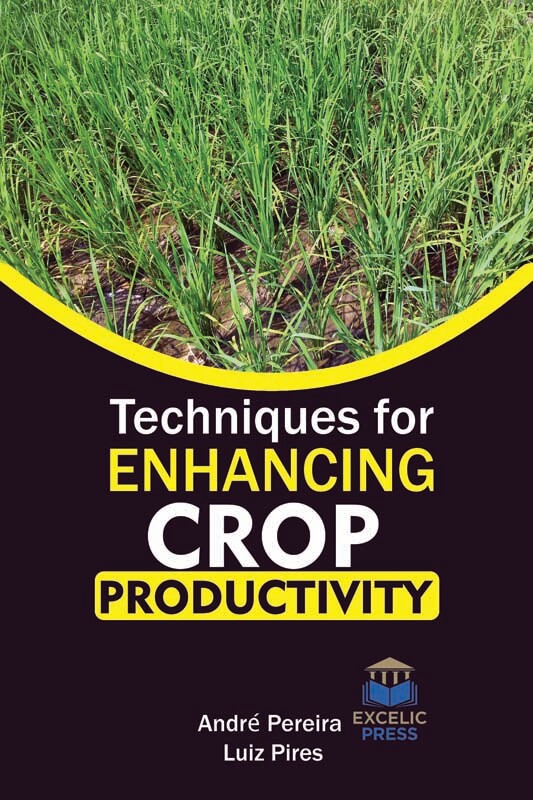Climate change has emerged as the most prominent of the global environmental issues and there is a need to evaluate its impact on agriculture as the temperature is projected to increase in the near future. Therefore, without appropriate technologies, farmers will find it extremely difficult to operate climate-smart agriculture to meet the food demand of the increasing population. Scientists across the world to regions are working on new technologies and tried to invent improved technologies in order to enhance crop productivity. In many countries where farmers are free to choose which technologies they want to employ, GM plants have superseded conventional varieties. For maize, cotton, and soybean within the U.S., the adoption rate for biotech varieties is well on top of the ninetieth. Identical holds true for soybeans in Brazil and Argentina, cotton in India and China, and seed rape in North American countries. The book provides an outlook on the challenge faced by science and technology in the agriculture industry which must be met both in perspectives of increased crop productivity but also in increased resource use efficiency and without impacting environmental quality.
This book provides varied techniques to upsurge crop production without contrary effects to the environment. It highlights the methods and techniques that include collective approaches of traditional plant breeding as well as molecular genetics in crop improvement. The book starts with inclusive information related to the adverse effect of climate change on sustainable crop production through understanding evaporation, transpiration as well as evapotranspiration. These technologies have a substantial scope in improving irrigation efficiency and reducing energy for groundwater withdrawal. In this chapter, we tried to understand the concept and consequences of evapotranspiration for sustainable crop production in the era of climate change. A detailed description of evaporation, transpiration, and evapotranspiration and their importance for sustainable agriculture are highlighted. Further, the book discusses such possibilities in the context of recent understanding of nitrogen nutrition and the genomic revolution sweeping the crop science. Hence, crops that can improve fertility status should be included in the cropping system. Development of short duration thermal insensitive rice varieties has encouraged multiple cropping involving a wide range of crops. The practicality of biochar additions to enhance soil and crop productivity is also studied. The benefits of biochar to soils for agricultural functions square measure various. Biochar could also be added to soils with the intention to enhance the soil, displace Associate in the Nursing quantity of typical fuel primarily based fertilizers, and sequester carbon. The book follows with genetic improvement of oilseed crops using modern biotechnology and competency improvement needs of farmers in soil erosion prevention and control for enhancing crop production.
This book closes with a study that contrasts the advances of practical applications of agricultural biotechnology with the divergent paths—also affecting the development of virus-resistant transgenic crops—of political and regulatory frameworks for GM crops and food in different parts of the world. The chapters contained in this book are written by leading researchers and experts of their respective fields, the book is a must, not only for students but also for policymakers, environmentalists, students, and educationists as well.














Reviews
There are no reviews yet.